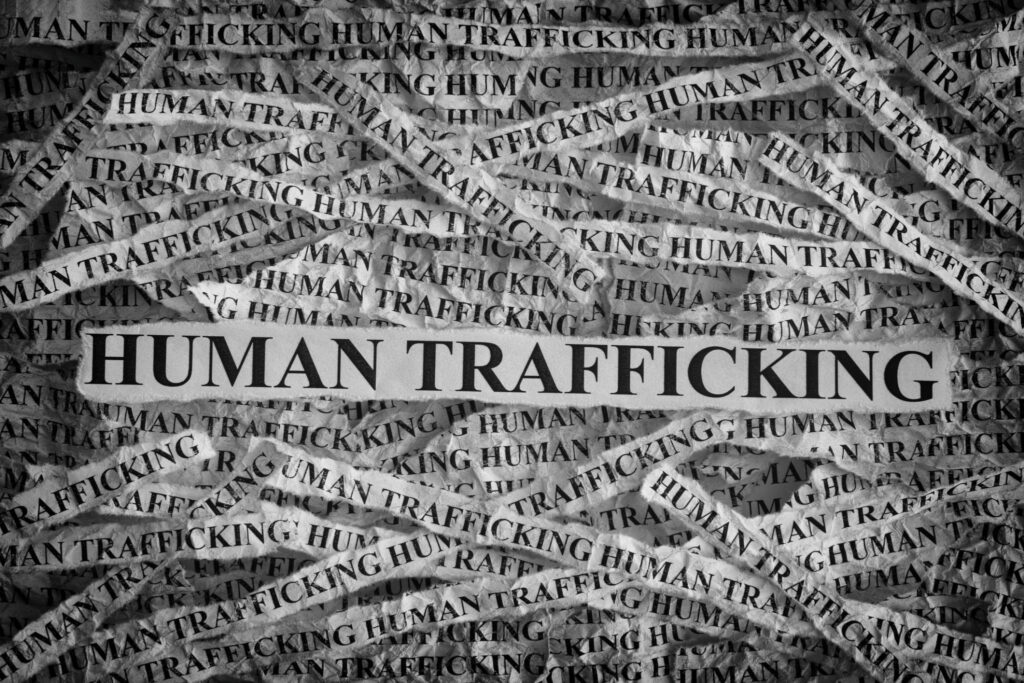5 ways truck drivers can identify human trafficking
Human traffickers are known to commit their crimes along highway corridors, at truck stops, and in many locations frequented by truckers. But this also puts truck drivers in an ideal position to identify and report the crimes, ultimately helping the victims to escape.
Here are five red flags identified by organizations including Truckers Against Trafficking Canada, Trucking Human Resources Sector Council Atlantic, and the Women’s Trucking Federation of Canada:

1. Unusual traffic at a truck stop
Tractor-trailers come and go from truck stops at all hours. But when passenger vehicles arrive and multiple people – usually girls – jump out and begin walking from truck to truck, it’s a sign of trouble. The same can be said if a vehicle drops someone off at a truck and picks them up 15-20 minutes later.
2. CB chatter and flashing lights
Pimps need customers, and one way they advertise is through chatter on the CB that refers to “commercial company”. Vehicles will also flash their lights to signal a “buyer’s” location.
3. Homes and businesses with unusual security measures
Locks and security cameras are commonplace wherever freight is delivered, but traffickers often take unusual security measures to hide their activities. Watch for barred or covered windows, barbed wire, exterior cameras covering multiple angles, and buildings with entrances established in an alley – especially if such measures seem out of place in their surroundings.
4. Signs of control
Human trafficking victims are tightly controlled. Watch for people who don’t seem to carry any ID, are not allowed to speak for themselves, or don’t seem to know anything about their whereabouts. They might also be wearing clothes that are inappropriate for the season.
5. Physical signs of trafficking
Victims can sometimes be identified through physical signs such as tattoos that indicate “ownership” by a particular trafficker, as well as bruises. They might show signs of distress, crying, or fear of people around them, too.
Immediate danger or a crime in progress can be reported by calling 9-1-1. But don’t approach the traffickers directly. It is not only dangerous for you and the victims, but could also affect eventual prosecution of the traffickers.
More information is available by calling the Canadian Human Trafficking Hotline at 1-833-900-1010.
Have your say
This is a moderated forum. Comments will no longer be published unless they are accompanied by a first and last name and a verifiable email address. (Today's Trucking will not publish or share the email address.) Profane language and content deemed to be libelous, racist, or threatening in nature will not be published under any circumstances.